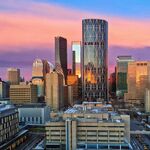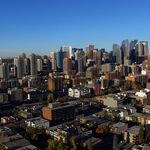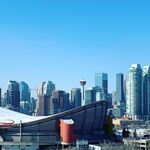Beltline_B
Senior Member
I recall seeing a graphic on the Edmonton page a while back showing the percentage of missing middle relative to all starts and Calgary and Edmonton faired very well. I don't know where the Edmonton starts are being built, or if any are in its downtown, but in overall numbers pretty solid.




